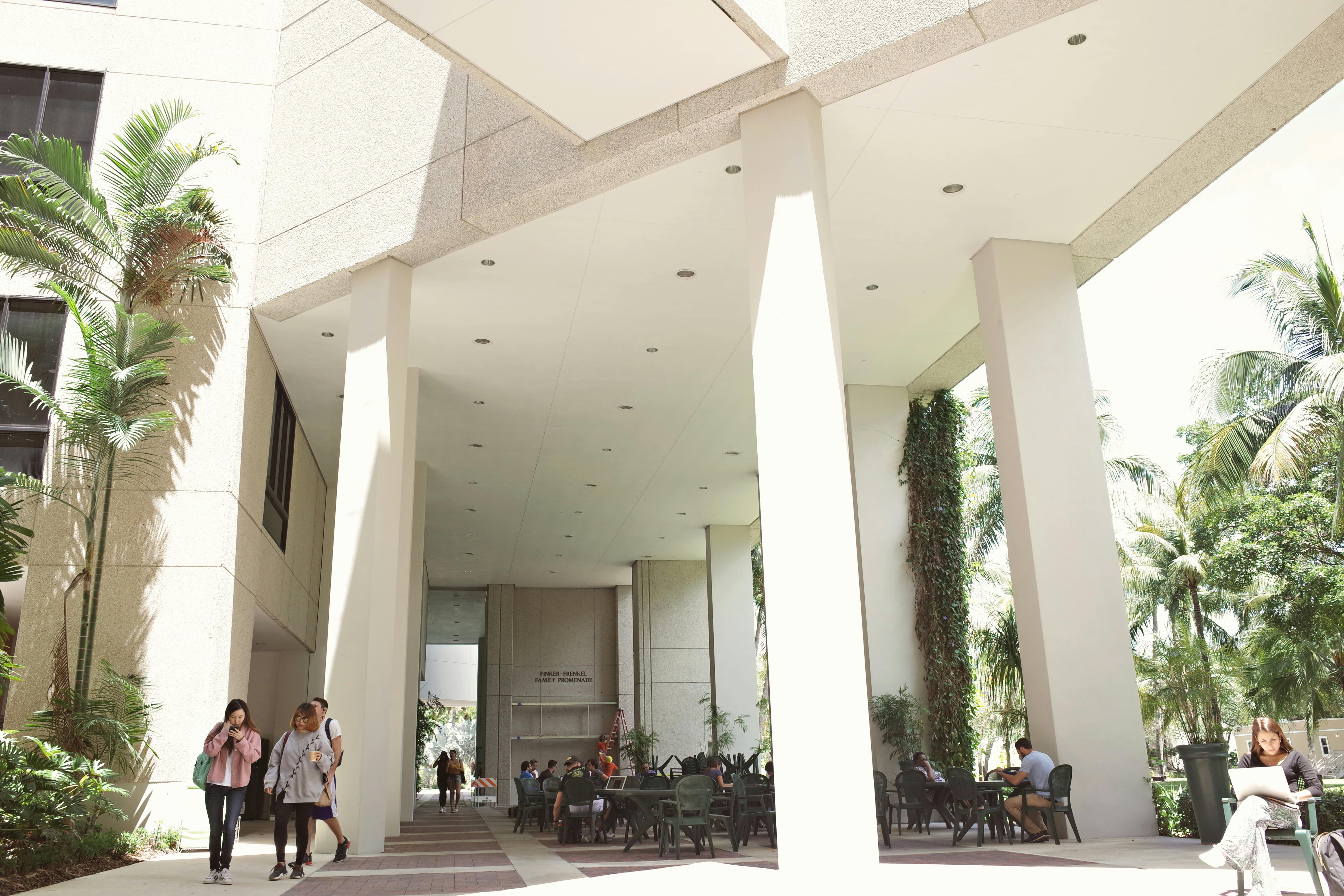Is it time for teachers to get a raise?
Tips

Michael Addonizio, Wayne State University
In his 2023 State of the Union address, President Joe Biden called for public school teachers to get a raise but offered no specifics on how that could be done. Here, Michael Addonizio, an education policy expert at Wayne State University, provides insight on the current state of teacher salaries, whether a collective raise is in order and how one might be achieved.
1. Do teachers really need a raise?
In many school districts, the answer is: Yes.
According to a 2022 study from the Economic Policy Institute – a nonprofit, nonpartisan think tank that addresses low- and middle-income workers’ needs – the teacher “wage penalty” - that is, how much less teachers make than comparable workers - grew from 6.1% in 1996 to 23.5% in 2021. Put another way, the average weekly wages of public school teachers – adjusted for inflation – increased just US$29 from 1996 to 2021, from $1,319 to $1,348 in 2021 dollars. Meanwhile, inflation-adjusted weekly wages of other college graduates rose $445, from $1,564 to $2,009, over the same period.
Teacher wage gaps vary widely from state to state, but in no state does teacher pay equal or exceed pay for other college graduates.
Adding benefits to the analysis does not change the picture. Although teachers generally receive a higher share of their compensation as benefits than other professionals do – usually health insurance and retirement plans – this difference does not offset the teachers’ growing wage penalty. Teachers’ “total compensation” penalty reached 14.2% in 2021. This is a 23.5% wage penalty offset by a 9.3% benefits advantage. This total compensation penalty for teachers grew by 11.5 percentage points from 1993 to 2021, according to the Economic Policy Institute analysis.
2. Where do teacher raises typically come from?
Public school teacher salaries are generally set by local school districts. Districts establish salary schedules where teacher base pay is determined by years of teaching experience and education credentials or graduate credit hours. Contracts are negotiated at the district level, so that teachers in different schools within a district are covered by the same salary schedule.
These schedules, sometimes referred to as “step-and-lane” systems, can vary substantially from district to district. District contracts may differ in the annual pay increases for experience or the relative importance given to experience versus credentials. Contracts may give larger annual pay hikes to less experienced teachers than to veteran teachers, or the reverse may be true.
Where does the money come from? Fully 93% of school districts’ operating revenue comes from state and local sources. Nationally, on average, states provide 47% and local districts provide 46%.
Rising concern over low teacher salaries has prompted many states to pass appropriations to boost local salary schedules across the board. In 2021, 25 states enacted or introduced legislation to raise teacher pay. Ten of those states have statewide teacher salary schedules, while eight have minimum teacher salary requirements.
Among the states with statewide salary schedules, state initiatives raised pay and expanded eligibility for bonuses. In states with minimum salary requirements, lawmakers sought to raise these minimums and provide incentives for districts to hike salaries across the board. Elsewhere, state efforts focused on general salary increases for teachers.
However, despite these state efforts, teacher salaries continue to lag well behind other professional salaries in many states.
3. Can federal funds be used?
No, not as a long-term solution to the problem of low teacher pay. Federal funds are too limited in amount and there’s not enough flexibility to finance general pay raises for teachers.
The federal government provides about 7% of K-12 revenue, and the money is designated for specific programs. In general, these funds are intended to supplement funding for schools with at-risk youth, including children with learning disabilities or children from low-income households.
During recent economic downturns – the Great Recession of 2008 and the 2020 COVID-19 lockdown – the federal government provided K-12 schools with emergency aid to supplement diminished state and local revenue. The COVID relief was exceptionally substantial, with the American Rescue Plan providing school districts with $190 billion.
This federal aid, however, while unprecedented in amount, has two key limitations: it is one-time aid and not all districts share in it. Districts that do receive these funds must be careful not to make them part of their annual operating budgets without solid plans for state or local replacement funds.
Many districts have revealed plans to use these federal funds to hire new teachers or to pay teachers bonuses for extra work in an effort to mitigate COVID-related learning loss. Paying bonuses to current teachers would avoid the need to lay off teachers when the emergency aid runs out.
In addition, a revised American Teacher Act has been introduced in Congress. The bill would establish a four-year grant program for states to encourage local districts to raise base teacher salaries. The bulk of these funds would go to districts with teacher salaries below $60,000.
The bill would award grants to states that enact and enforce laws establishing a statewide minimum teacher salary requirement of $60,000. Details continue to be worked out, including refining the definition of a “teacher” to avoid paying unqualified staff with federal funds. The bill would address a pressing problem, but state participation would be voluntary and the program would expire in four years. And passage is uncertain.
To achieve lasting teacher pay hikes, it’s going to have to take place in state capitols and local school boards.![]()
Michael Addonizio, Professor of Educational Leadership and Policy Studies, Wayne State University
This article is republished from The Conversation under a Creative Commons license. Read the original article.





Comments (5)
Best Company Reply
- Ali Tufan
- 2 days ago
Lorem ipsum dolor sit amet, consectetur adipiscing elit. Fusce vel augue eget quam fermentum sodales. Aliquam vel congue sapien, quis mollis quam.Because Other Candidates
- Martha Griffin
- 23 August 2018
Lorem ipsum dolor sit amet, consectetur adipiscing elit. Fusce vel augue eget quam fermentum sodales. Aliquam vel congue sapien, quis.Aldus PageMaker including versions Reply
Lorem ipsum dolor sit amet, consectetur adipiscing elit. Fusce vel augue eget quam fermentum sodales. Aliquam vel congue sapien, quis mollis quam.